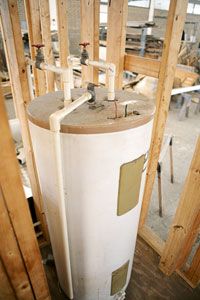If one man's trash is truly another man's treasure, then there are about 250 million tons of waste produced by Americans alone each year that are just waiting to be turned into riches [source: EPA: Waste]. It's not necessarily the cents and dollars type of wealth, but rather assets that can improve the environment.
As it stands, though, only a third of the waste produced annually in the United States is repurposed for such efforts, either through recycling -- which applies to paper, plastic, glass and metal-based products -- or composting, which reuses solid wastes such as kitchen scraps and yard clippings [source: EPA: Waste]. The process of composting is fueled by microorganisms present in soil that help break down organic materials within the waste, which is then converted into a fertilizer that can be used on lawns and gardens.
Advertisement
Traditionally, home composting systems have been outdoor ventures involving piles or heaps. Although this method offers more flexibility in terms of the amount of material that can be added at any given time, the process itself is one that requires constant maintenance, including keeping the pile moist and turning it regularly. However, indoor automatic home composting units have now been introduced to provide an easier way to get involved with the composting process and maintain it long-term.
In this article, we'll examine what makes an indoor automated composting system tick, from understanding the technology behind how they operate to getting a sense of what they actually look like and how much room they take up. Also, we'll look into how effectively these units perform the task at hand while sidestepping potential, unpleasant side effects, such as overpowering odors or costly upkeep. Finally, we'll review the bottom line: Do the requirements for maintaining such a system outweigh the potential benefits to the environment, or could the widespread use of these machines indeed make the world a better place?
Advertisement

